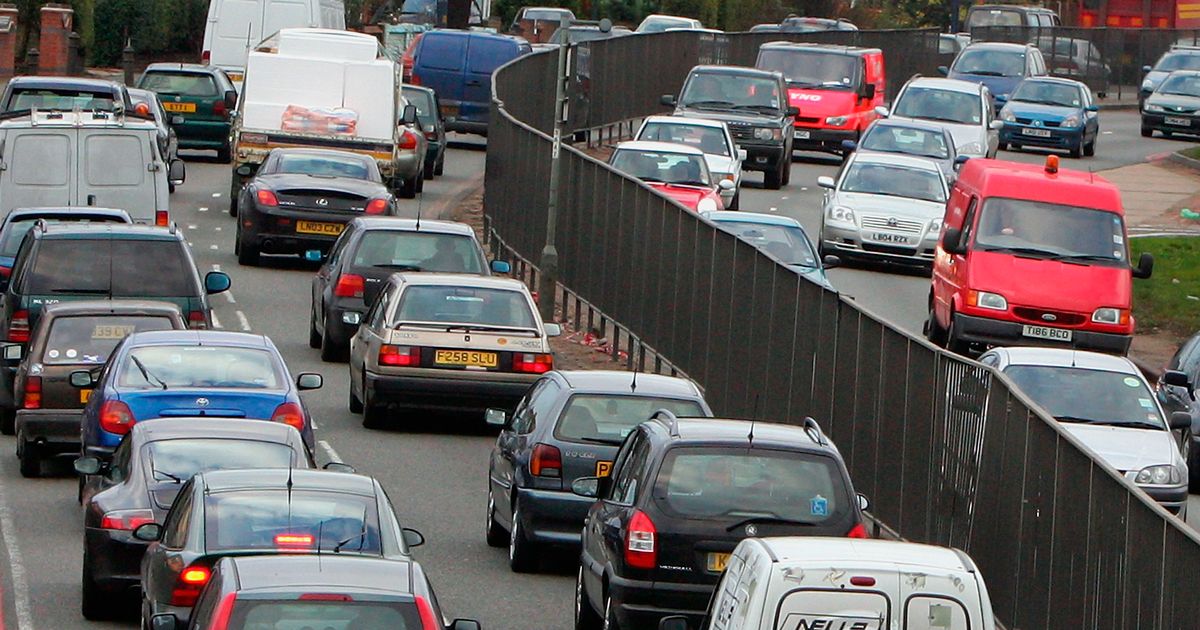A recent uptick in London road congestion has been caused by an increasing number of delivery vans on the road, panellists suggestedKumail Jaffer Democracy Reporter covering the Mayor of London and the Greater London Authority
05:06, 26 Oct 2025
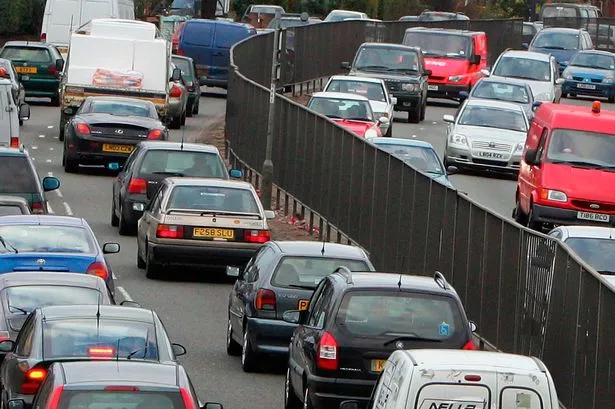 Standstill traffic is a common experience across London(Image: Getty)
Standstill traffic is a common experience across London(Image: Getty)
London will continue to be Europe’s most congested city unless policymakers build substantial new rail links and discourage next-day delivery culture, experts have suggested. Despite City Hall’s efforts to get people walking, cycling and on public transport, the capital was named and shamed in INRIX’s4 2024 Global Traffic Scorecard.
The report found that London accounts for approximately 50 per cent of all UK traffic daily, and that in 2024, the total cost of congestion to London was £3.85 billion, averaging £942 per driver. The Mayor’s Transport Strategy states that 75 per cent of congestion is caused by too high demand for limited street space, and that this congestion cannot be solved through traffic management alone.
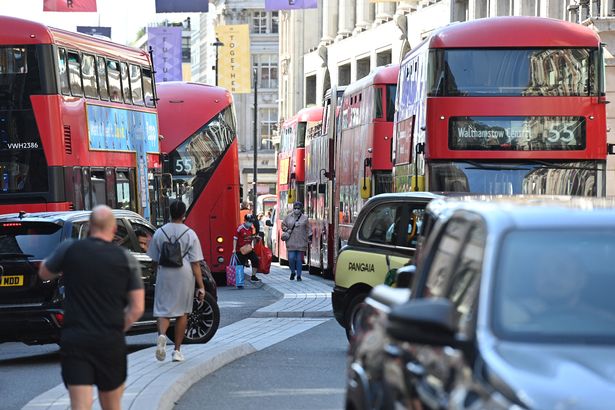 London was named the most congested city in Europe in INRIX’s 2024 Global Traffic Scorecard
London was named the most congested city in Europe in INRIX’s 2024 Global Traffic Scorecard
On Thursday (October 23) the London Assembly Transport Committee heard from policy experts about the roots of the city’s contemporary congestion issues and what Transport for London (TfL), who manage the red routes that carry 30 per cent of the capital’s traffic, can do.
Outer vs Inner London
In a city with an exponentially expanding population, roads designed centuries ago and extensive transport links, policymakers argue journeys on London’s roads should be reserved for freight, taxis, buses and those less able to go by other means. This is primarily the case in inner London, where standstill traffic is common and the threat of congestion charge looms large.
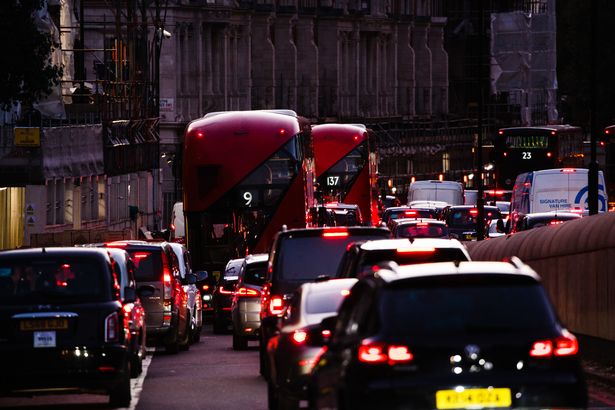 Officials have tried to reduce congestion in inner London through several measures, including the Congestion Charge(Image: David Cliff/NurPhoto via Getty Images)
Officials have tried to reduce congestion in inner London through several measures, including the Congestion Charge(Image: David Cliff/NurPhoto via Getty Images)
But for Londoners in the outer boroughs, car ownership is more common than officials would like. David Metz of the UCL Centre for Transport Studies told the committee that the car buyers in London are naturally inclined to want to use their expensive new purchase above public transport.
“One tends to underestimate the attractions of a car – firstly, the utility in getting from A to B where congestion is not too bad and where parking is available and affordable at both ends of the journey,” he said. “Now, that’s not necessarily true in central London, but in the outer suburbs, that may generally be the case.
“The other feature of car ownership – and nationally the figure is 75 per cent of households are car-owning one or more cars – is that you’ve committed to pay the purchase costs, the insurance, the servicing, the vehicle excise duty. So the running costs for fuel, mainly, are relatively modest, compared with paying the total cost of a trip on public transport.
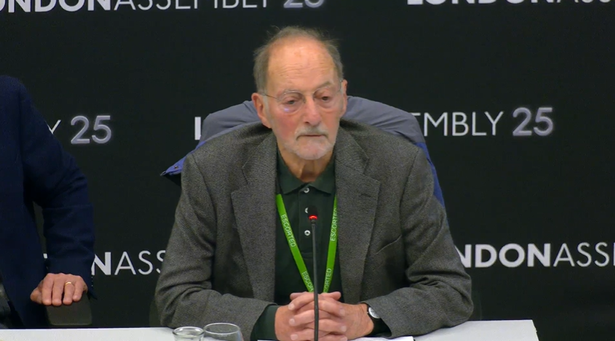 David Metz of the UCL Centre for Transport Studies said car buyers saw the cost of travelling in their new vehicle as minimal compared to the cost of public transport
David Metz of the UCL Centre for Transport Studies said car buyers saw the cost of travelling in their new vehicle as minimal compared to the cost of public transport
“A third consideration is that there are what one could call feel-good factors about owning a car. It’s not just the enthusiast. For quite a proportion of the population, getting a new car is a positive feel-good event. And once you’ve got the car, of course you’re going to want to use it.”
Claire Sheffield, Director of Transport Planning at Arup, added: “Using the car is still the rational choice for a lot of people. Even with innovations like the super loop, orbital travel is still more difficult – that is incredibly difficult to supply for in any other way than the car.”
This is partly due to London’s layout, Mr Metz suggested. He added: “Our cities, including London, are relatively low density – this is not the very low density of sprawling North American cities, but it’s certainly not the high density of the inner suburbs of admired European cities such as Paris or Barcelona, where most people live in apartments. Here, we like houses with gardens. The Victorian three-bedroom terrace with a tiny front garden but a useful back garden remains very popular.
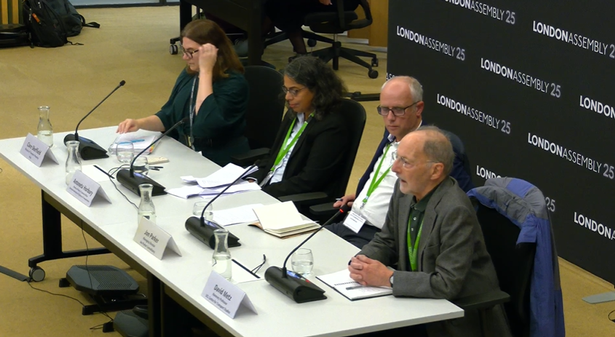 Panellists suggested that outer London is far less connected that the city centre, making car use the “rational choice” for many
Panellists suggested that outer London is far less connected that the city centre, making car use the “rational choice” for many
“This firstly makes it more feasible to use cars, less easy to provide a really good public transport system and means greater distances for walking and cycling. So I don’t see a huge prospect for a shift away from car use in London as a whole. I think it’s really quite difficult.”
‘Chelsea Tractors’
According to the campaign group Clean Cities, the number of SUVs has increased tenfold in London in 20 years from about 80,000 SUVs in 2002 to 800,000 SUVs in 2023. The vehicles tend to be heavier, larger and more polluting than other cars.
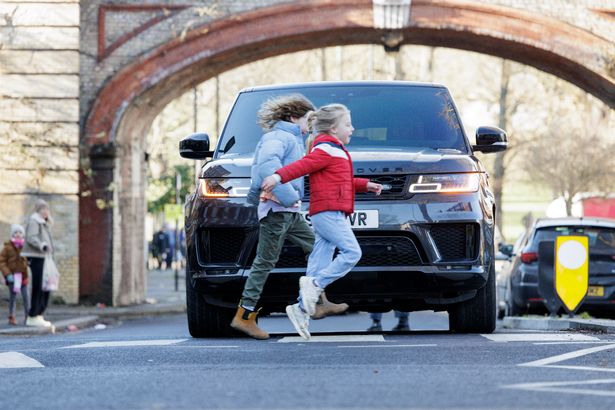 SUVs are wider and heavier than normal vehicles, leading to them clogging up London’s roads, the Transport Committee heard(Image: Crispin Hughes/Clean Cities)
SUVs are wider and heavier than normal vehicles, leading to them clogging up London’s roads, the Transport Committee heard(Image: Crispin Hughes/Clean Cities)
“Feel good factors are underestimated except by the car manufacturers and their marketing departments who no doubt research this. I mean, one of the phenomena of recent years has been the great growth of SUVs, large, heavy, expensive vehicles. In some cases, there might be practical reasons, but that wouldn’t apply generally to London.
“So why are people spending their money on such vehicles? And it’s something about the feeling they have from being in a vehicle of that kind.”
Antonetta Horbury, Director of Policy and Technical Affairs at the Chartered Institution of Highways & Transportation (CIHT), suggested the proliferation of SUVs in London has led to increased congestion in urban areas. She said: “The width of cars in central London is causing a really big issue because some roads which were happily two-way now just don’t work as two way and all of the people waiting at either end to try and get past does lead to congestion further back on on the main roads.
“It’s also a big problem for emergency vehicles as well because one-way roads that have cars parked on either side of the road, and a fire engine could not get through now because the cars are so much bigger. Fire engines are finding it much harder to move at speed.”
Amazon Congestion
Another recent uptick in London road congestion has been caused by an increasing number of delivery vans on the road, panellists suggested. Ms Sheffield said the pandemic-era trend of getting everything delivered had the unfortunate by-product of clogging up the capital’s roads.
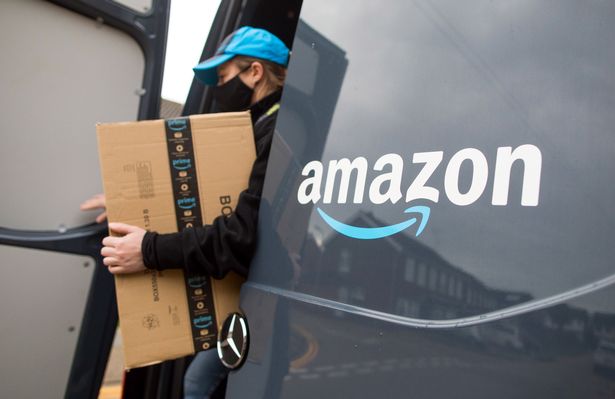 Policymakers should run an information campaign around the effect of orders from Amazon and other retailers on road congestion, experts said(Image: Getty Images)
Policymakers should run an information campaign around the effect of orders from Amazon and other retailers on road congestion, experts said(Image: Getty Images)
“At a city level, what we can do about it is very difficult,” she said. “There is limited disincentive for low-value goods to be delivered to your home. You can order a pencil from Amazon and get it delivered the next day.
“We are incentivising that kind of transaction, and that is worrying – before, you would have bundled that into a wider trip or made it on foot.”
Ms Horbury added: “The people who can have the most impact are the big players like Amazon. People don’t realise that when they order that pencil, it has an impact on traffic and congestion. Informing the public about the impact and alternative options is something we can practically do.”
The Uber Effect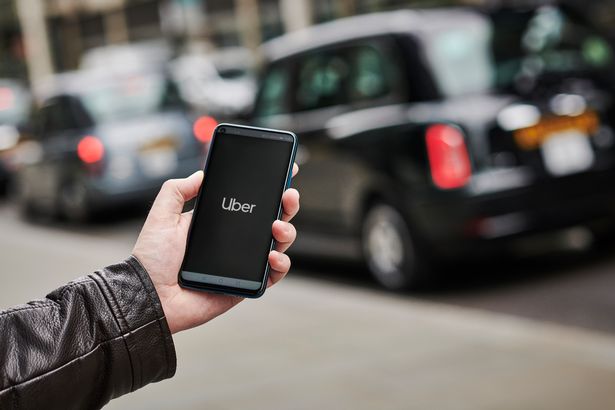 Uber has been “transformational” and has led to more Londoners using private hire vehicles(Image: Getty Images)
Uber has been “transformational” and has led to more Londoners using private hire vehicles(Image: Getty Images)
While taxis have been a staple of London’s roads for decades, the number of private hire vehicles operating on behalf of apps like Uber has significantly changed the landscape. Recent City Hall data showed that there are 106,000 private hire cars licensed by TfL to drive in London.
“Uber has been transformational,” Jon Parker, a sustainable travel planning expert, said. “And I’m concerned that authorities like TFL seem to be disregarding this.
“It may be operated privately and independently of TFL, but it’s open to the public. And my sense is many people use Uber, who wouldn’t use a black cab for cultural reasons. So TFL should just wake up to this.”
Build, Baby, Build (more rail lines)
Traditionally, policymaker efforts to reduce congestion – such as implementing the Congestion Charge Zone in central London – have failed because traffic buildup “is broadly self-regulating” and that any steps taken “tend to be undone by those who were previously deterred on account of time delays coming back onto the system”, according to Mr Metz.
But getting cars off the road in general can only be done by robustly investing in public transport projects such as the Elizabeth Line, which has transformed journeys for thousands of people in outer London. Mr Metz said that London no longer increase its road capacity, but can take steps to decrease the share of journeys taken by car.
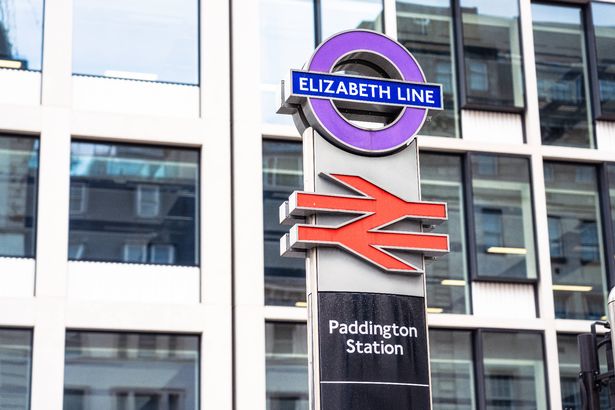 More major rail projects like the Elizabeth Line will help the share of journeys taken by car in London decrease, Mr Metz said(Image: georgeclerk via Getty Images)
More major rail projects like the Elizabeth Line will help the share of journeys taken by car in London decrease, Mr Metz said(Image: georgeclerk via Getty Images)
He said: “What would it take to get that trend resuming downwards? Building rail in all its forms, underground, overground, light rail, trams, national rail. Rail is an attractive alternative to cars on congested roads because it’s faster and more reliable. And so you build rail like the Elizabeth Line, like the Overground.
“And these are very well used. And that encourages a shift away from the roads. The principle of adding rail capacity is the right one.”
Stay updated on the latest travel news for London’s roads with our London Traffic and Travel newsletter. Sign up HERE
